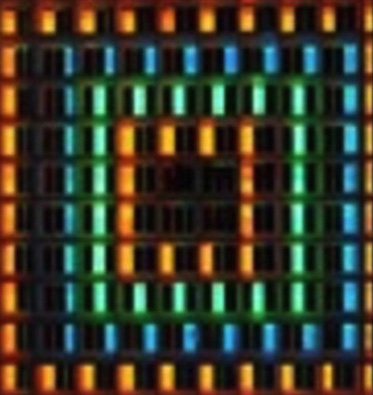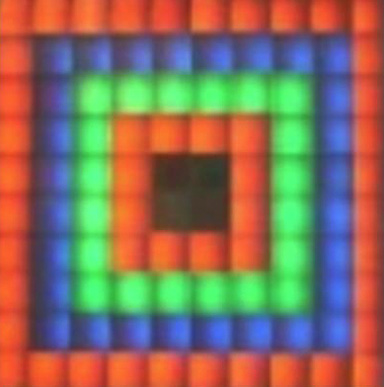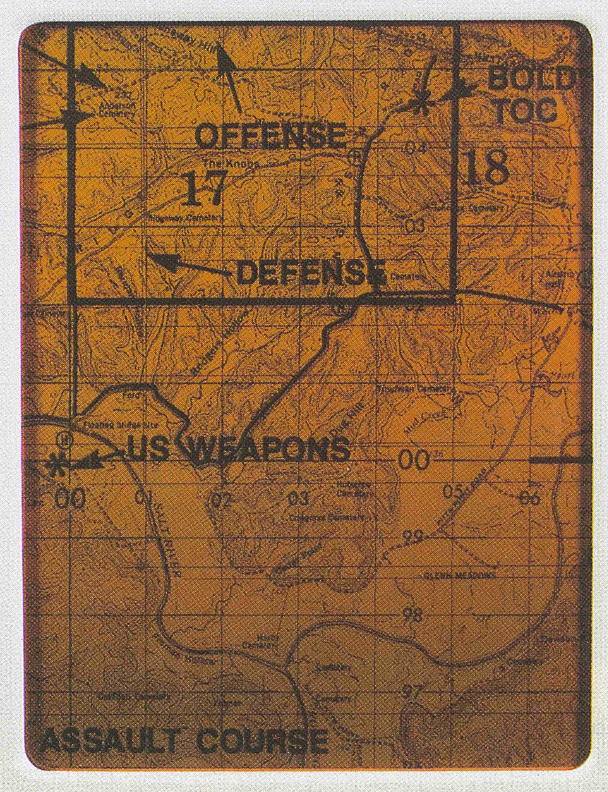Advanced Technology Incubator (ATI)
Forming My Own Company, Advanced Technology Incubator
Before I left OIS in December 1991, I formed my own company, Advanced Technology Incubator (ATI). The separation from OIS was amicable, and I had some money to invest. I decided to form ATI in order to monetize my creativity.
I incorporated ATI and owned 100% of the company. With neither partners nor shareholders, I retained control of all the business decisions, the patents, the licensing proceeds, and, if all went as planned, the profits.
Selected ATI Events:
| 1992: | The invention of the Method of Fabricating Color Filters for a Liquid Crystal Display, which eventually became U.S. Patent 5,576,070.
Invention of a Liquid Crystal Large-Scale Electronic Display System (outdoor billboard), which eventually became U.S. Patent 5,469,187. 
Figure A 
Figure B Figure (A) is a billboard segment without ATI's optical element. |
| 1992-1993: | Contract with Elbit, one of the largest Israeli avionic and military equipment makers to develop an Israeli-based technology for eventually producing active matrix LCDs for avionic applications. |
| 1992-1994: | Contracts from the Liquid Crystal Display Institute at Kent State University to implement proper driving schemes, PCBs, as well as mechanical packaging for a new stabilized cholesteric liquid crystal phase invented at the Institute. |
| 1994-1995: | The establishment of Kent Display Systems in Kent, Ohio, and partnering with Dr. J. W. Doane (at the time the Director of the Liquid Crystal Institute of Kent State University), Kent Research Corporation of Kent State University, and an investor. The company's technology was based on the polymer stabilized cholesteric texture (PSCT) invented at the Liquid Crystal Institute.
I envisioned the use of the PSCT technology for electronic signs and in particular, for high-resolution no-power displays as e-readers in tablet format.1 
Kent Display Systems, KSU, ATI, and the University of Stuttgart, jointly developed a reflective monochrome e-reader, 8½-inch × 11-inch with a 100 dot-per-inch resolution PSCT display. |
| 1996-2012: | Legal battles and eventually licensing of the manufacturing color filters for liquid crystal displays using ink-jet technology (invented in 1992) to Sharp Corporation in Japan, Dai Nippon Printing in Japan, and Lucky Goldstar in South Korea. |
| 2012-2014: | Developing the Generator concept. |
| 12/31/2014: | Closing ATI and opening Advanced Technology Generator (ATG). |
A more complete version of ATI's history, technologies, inventions and creativity is available in "My Life on the Mysterious Island of Nanotechnology" by Zvi Yaniv, available on Amazon.
1 Zvi Yaniv, "Reflective Cholesteric Displays" in Information Display 11, no. 10 (October 1995):10.